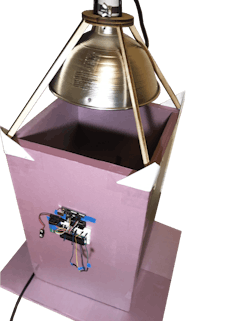
Build Test Iterate Repeat
The global increase in atmospheric temperature rise combined with the rapid growth of previously underdeveloped climate zones presents a growing need

The global increase in atmospheric temperature rise combined with the rapid growth of previously underdeveloped climate zones presents a growing need

This paper will explore steel forming methods other than cold drawn or hot rolled processes, and how they allow steel to be utilized as the primary


The subject of this case study is the design and construction of a custom corrugated-geometry facade featuring pre-patinated copper and glass for an
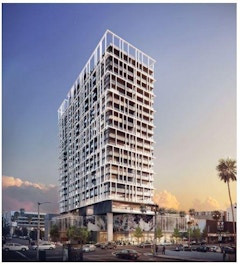
Energy codes across the country are progressively getting stricter and increasing the threshold for a baseline building’s energy performance.






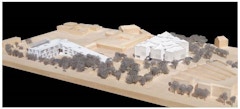
Steven Holl Architects designed two new buildings in the Museum District in Houston, Texas. Knippers Helbig is the facade consultant of both

In 1959 Heinz Isler challenged the world of concrete shell design by proposing a series of shapes for shells that were very different from what most


Double-Skin Facades (DSF) are well-known to boost the thermal performance of a façade: they can provide extra insulation in the wintertime and lower

Large format, steel-stud framed “megapanel” facades with rainscreen cladding create uniquely complicated requirements for digital documentation and
The United Nations Department of Economic and Social Affairs projects a world population growth of over three billion over our current, nearly eight
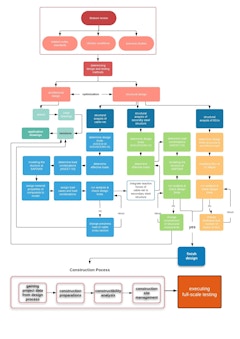
Flat cable-net facades are form-active structures which provide maximum transparency by means of point fixing components, tensioned cables, and
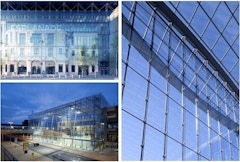
Facade engineering aims at appropriately balancing the demands imposed by the context and the capabilities inherent to the materials, the geometries
